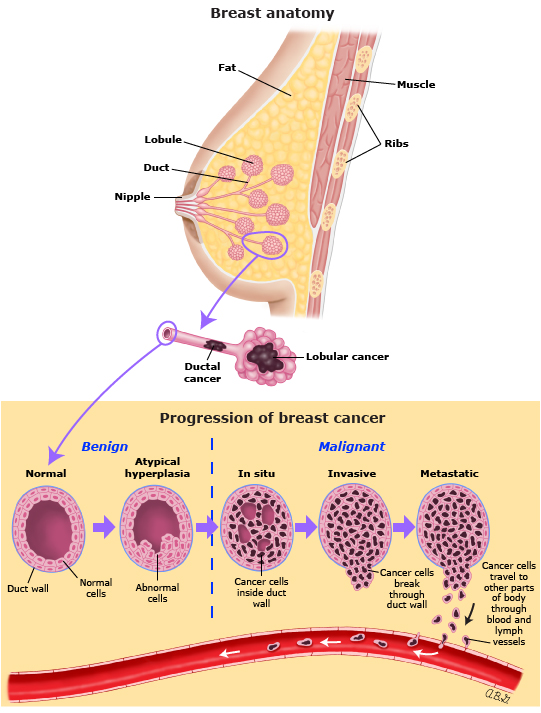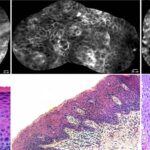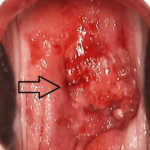Carcinoma of the breast, commonly referred to as breast cancer, is a malignant tumor originating in the breast tissue. It remains one of the most prevalent cancers worldwide, affecting millions annually. Understanding its causes, risk factors, symptoms, and treatment options is essential for early diagnosis and effective management.

Types of Breast Carcinoma
Breast carcinoma can be broadly categorized into two types:
1. Invasive Breast Carcinoma
This type spreads beyond the ducts or lobules into surrounding breast tissue. Common subtypes include:
- Invasive Ductal Carcinoma (IDC): The most common form, accounting for approximately 80% of cases.
- Invasive Lobular Carcinoma (ILC): Originates in the milk-producing lobules.
2. Non-Invasive Breast Carcinoma
Often referred to as carcinoma in situ, this type remains confined within its origin. Examples include:
- Ductal Carcinoma In Situ (DCIS): A non-invasive form that can progress to IDC if untreated.
- Lobular Carcinoma In Situ (LCIS): While not considered a true cancer, it indicates a higher risk of developing invasive carcinoma.
Risk Factors
Several factors increase the risk of developing breast carcinoma, including:
- Genetic predisposition: Mutations in BRCA1 and BRCA2 genes.
- Age: Higher risk with advancing age.
- Hormonal factors: Prolonged exposure to estrogen, late menopause, or hormone replacement therapy.
- Lifestyle factors: Obesity, alcohol consumption, and lack of physical activity.
- Family history: A close relative with breast cancer increases risk.
Signs and Symptoms
Early detection of breast carcinoma significantly improves prognosis. Key symptoms include:
- A new lump or mass in the breast or underarm.
- Changes in breast size, shape, or appearance.
- Dimpling or puckering of the skin.
- Nipple discharge, especially if bloody.
- Pain in the breast or nipple area.
Diagnostic Approach
Effective diagnosis involves a combination of clinical, imaging, and pathological methods:
1. Clinical Examination
A healthcare provider assesses the breast for lumps, changes in skin texture, and other abnormalities.
2. Imaging Techniques
- Mammography: A standard screening tool.
- Ultrasound: Helps differentiate between solid masses and cysts.
- MRI: Used for high-risk patients or to determine the extent of cancer.
3. Biopsy
A definitive diagnosis is made through tissue sampling and histopathological analysis.
Stages of Breast Carcinoma
Breast carcinoma is staged using the TNM system:
Stage 0:
Non-invasive, such as DCIS.
Stage I:
Small tumor (≤2 cm) with no lymph node involvement.
Stage II:
Tumor size between 2–5 cm, or spread to nearby lymph nodes.
Stage III:
Locally advanced cancer involving multiple lymph nodes or chest wall.
Stage IV:
Metastatic cancer spreading to distant organs like bones, liver, or lungs.
Treatment Options
The treatment of breast carcinoma depends on the type, stage, and individual patient factors. Common approaches include:
1. Surgery
- Lumpectomy: Removal of the tumor and a margin of surrounding tissue.
- Mastectomy: Complete removal of one or both breasts.
2. Radiation Therapy
High-energy rays target residual cancer cells post-surgery.
3. Chemotherapy
Systemic drug treatment to destroy or control cancer cells.
4. Hormone Therapy
Used for hormone receptor-positive cancers to block estrogen or progesterone.
5. Targeted Therapy
Drugs like trastuzumab (Herceptin) target specific molecules such as HER2.
6. Immunotherapy
Boosts the immune system to fight cancer, suitable for specific cases.
Prevention Strategies
Although not all cases of breast carcinoma can be prevented, certain measures may reduce the risk:
- Regular Screening: Routine mammograms for early detection.
- Healthy Lifestyle: Balanced diet, regular exercise, and maintaining a healthy weight.
- Avoidance of Risk Factors: Limiting alcohol consumption and avoiding prolonged hormone replacement therapy.
- Genetic Counseling: For individuals with a family history of breast cancer.
Prognosis and Survival Rates
The prognosis of breast carcinoma varies by stage and subtype. Early-stage cancers have a significantly higher 5-year survival rate, often exceeding 90%. Advances in personalized treatment continue to improve outcomes for patients at all stages.

